World's First Electric Zero-Emissions Cargo Ship has set sail

The vessel can travel 50 miles at a top speed of 8 miles per hour on a single charge
The vessel can travel 50 miles at a top speed of 8 miles per hour on a single charge
The world's first 2,200-metric-ton all-electric cargo ship was launched last month in Guangzhou, the capital of the Guangdong province in China, running in the inland section of the Pearl River. Manufactured by the Guangzhou Shipyard International Company Ltd, the vessel features a battery system that can allow it to travel 50 miles after being charged for two hours (roughly the amount of time it would take to unload the ship's cargo while docked). The 1,000 lithium-ion packs can be supported by additional units if the cargo is heavier or the ship needs to travel a longer distance, while the battery’s capacity (2,400 kWh) is barely enough to fulfill any transatlantic shipments.
According to Chen Ji, general manager of Guangzhou Shipyard International, the use of the new-energy cargo vessel will help to greatly reduce shipping costs for electric power operators. "The cost of electric power is less than that (of) traditional fuel. The main cost of the new energy cargo ship depends on how much lithium battery it is equipped with," he said." Theoretically, the fully electric-powered ship could have more capacity in cargo loading. If it is equipped with larger energy batteries, it will carry goods of more than 2,000 tons," he added.
The ship, which is 70.5 meters (230 feet) long and has a travel speed of 12.8 kilometers (8 miles) per hour, is for the time-being carrying coal for the generation of electric power (ironically!). "As the ship is fully electric powered, it poses no threats to the environment," said Huang Jialin, general manager of Hangzhou Modern Ship Design & Research Co, the company behind the ship's design. He also expressed his opinion that "The technology will soon be likely ... used in passenger or engineering ships."
The concept of the all-electric cargo ship will need to be tested out in Asian markets—with more ships on more rivers carrying more kinds of cargo—in order for Hangzhou to be able to market the model abroad one day. It is also worth noticing that only two ports so far have been fitted with charging stations specifically for the ship.
Source: Business Insider
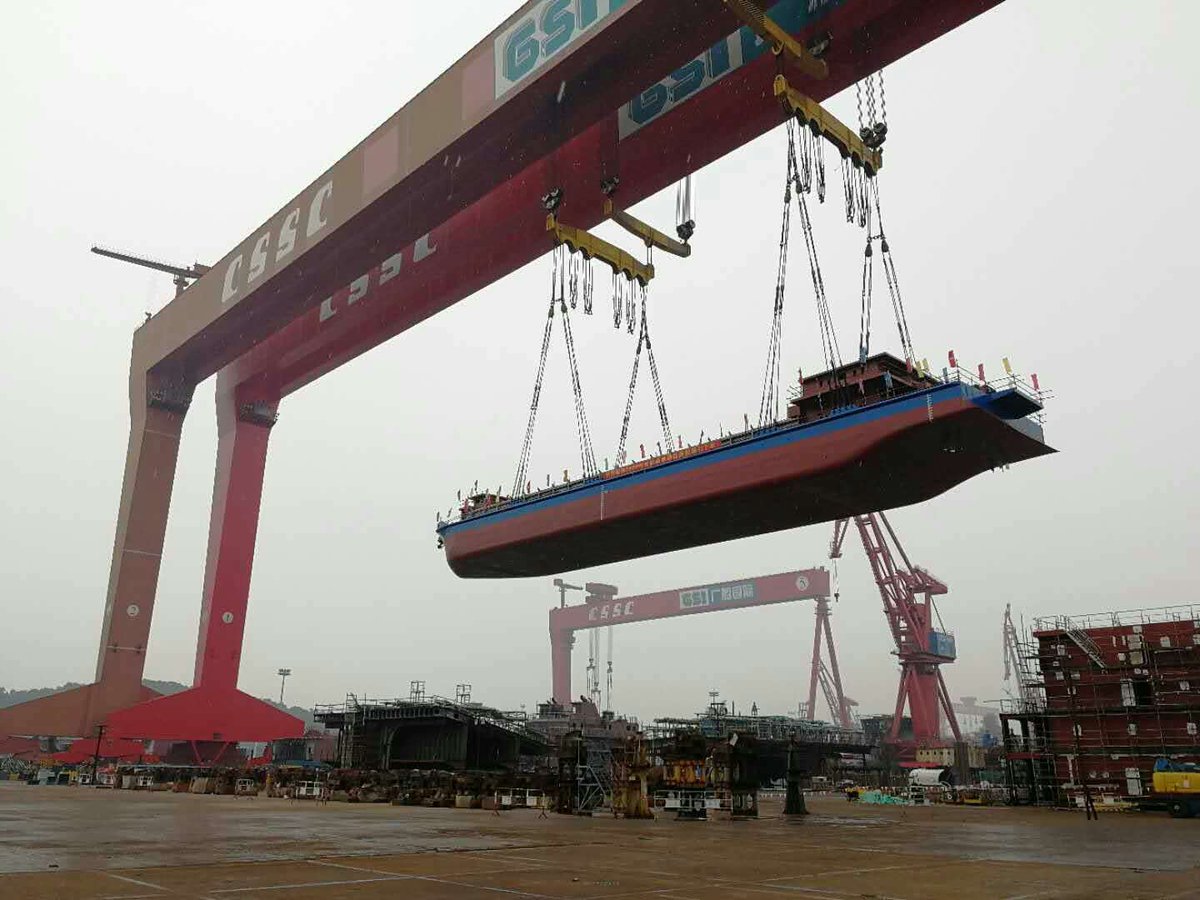
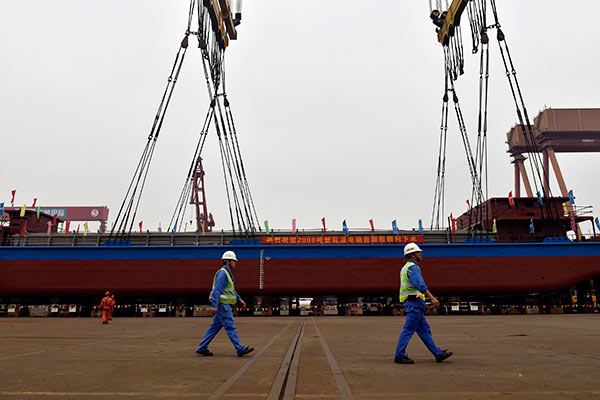
Source: Business Insider
Want to read more like this story?

This giant steel kraken was purposely sunk with an old WW2 ship, to create an artificial coral reef
Oct, 24, 2017 | NewsThe project, titled BVI Art Reef, is located near the British Virgin Islands The project, titled BV...

Transcripts Reveal Technical Failures Before Baltimore Bridge Collapse
Jun, 04, 2025 | NewsFollowing the collapse of the Francis Scott Key Bridge in Baltimore on March 26, 2024, engineering...

Two Dead After Ship Strikes Iconic NYC Bridge
May, 17, 2025 | NewsA tragic maritime incident unfolded on May 17, 2025, when the Mexican Navy's tall training ship Cua...

Norway’s Historic Ship Tunnel Set to Begin Construction in 2026
Mar, 12, 2025 | NewsThe Norwegian Coastal Administration is making history with the Stad Ship Tunnel, the world’s first...
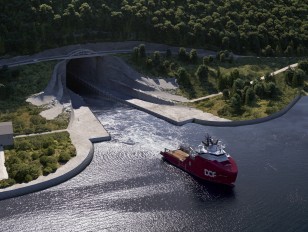
First ship tunnel to be constructed in Norway
Mar, 24, 2021 | NewsNorway plans for a pioneering construction project that will facilitate ship transportation. The pl...

The Revolutionary AIDAnova Cruise Ship was put to the test and still stands as a pinnacle of it's generation
Jul, 03, 2024 | NewsThe AIDAnova, the world’s first LNG-powered cruise ship, continues to lead the way in eco-friendly...
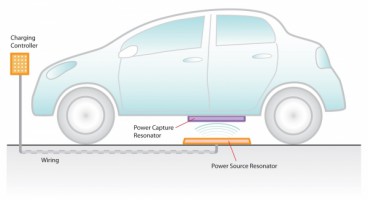
World's first electric road to be constructed in Sweden
Apr, 16, 2019 | NewsThe world's first electric roadway that will utilize wireless vehicle charging technology will be co...
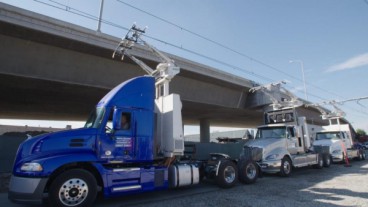
First US electric highway for trucks opens in California
Nov, 24, 2017 | NewsThe technology has the potential to reduce emissions and improve air quality The technology has the...
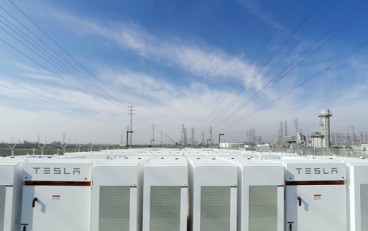
The largest power storage facility on earth is solar-powered and located in southern California
Apr, 03, 2017 | NewsIt can power over 2,500 homes for a whole day or 15,000 homes for 4 hours It can power over 2,500...
Trending

Vertical gardens in Mexico City to combat pollution

Saudi Park Closed After 360 Big Pendulum Ride Crashes to Ground, 23 injured

Characteristics of Load Bearing Masonry Construction

Taipei 101’s impressive tuned mass damper

Dutch greenhouses have revolutionized modern farming

Federal court rules Biden’s offshore drilling ban unlawful


